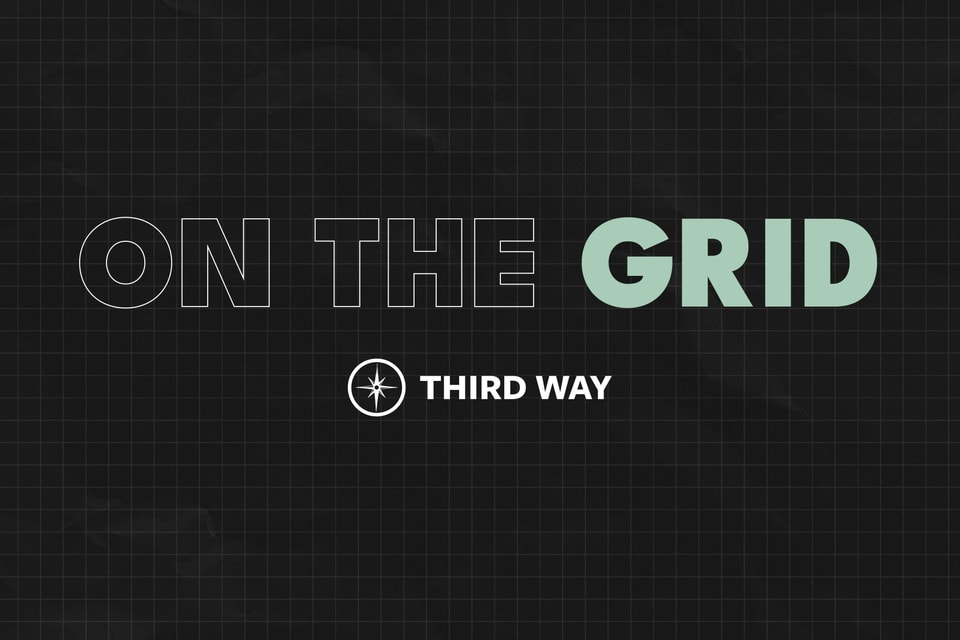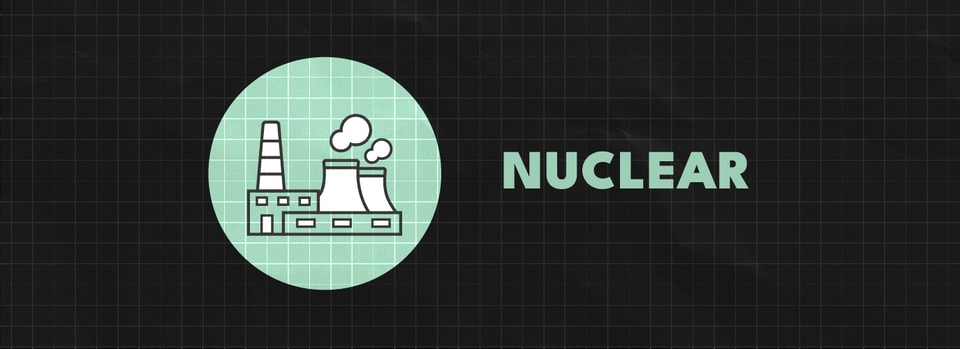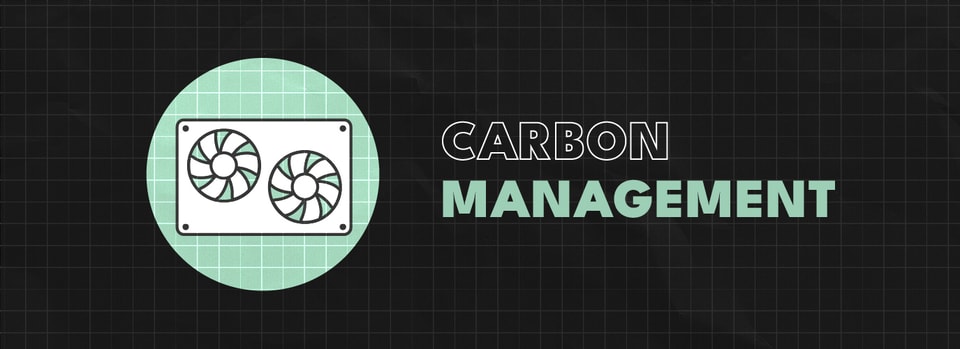Newsletter Published December 6, 2024 · 5 minute read
On the Grid: New Opportunities 12/06/24
Mary Sagatelova

Click HERE to subscribe to this bi-weekly newsletter.
Welcome back to On the Grid, Third Way’s bi-weekly newsletter, where we’ll recap how we’re working to deploy every clean energy technology as quickly and affordably as possible. We’re excited to have you join us!

The surge in energy demand from data centers and AI is already straining our electrical grid and will only intensify. Meeting this challenge requires rapidly scaling up low-cost, carbon-free energy to keep pace, and nuclear energy stands out as a key solution to fill this growing gap.
To explore how countries like the United Kingdom can leverage nuclear energy to power AI and other energy-intensive processes, we partnered with the Tony Blair Institute to chart a clear path forward. You can read the full report here, but here are just some of the key challenges we identified:
- Regulatory Hurdles: The current regulatory process in the UK is slow and inconsistent, making it difficult to widely deploy reactors quickly and cost-effectively. By streamlining and standardizing regulatory processes, we can accelerate reactor deployment and drive down costs.
- Infrastructure Constraints: Under UK regulations, new reactors can only be built at a limited number of designated nuclear sites, severely restricting potential growth. By designating new “AI Growth Zones”, the UK can establish specific areas with simplified planning and environmental permitting to quickly build new nuclear plants dedicated exclusively to AI data centers.
- Financing Challenges: Nuclear technology faces substantial upfront costs, and traditional funding models that pass these costs onto consumers often erode public support and limit scalability. Innovative financing solutions, like co-financing partnerships between the US and UK, help bring these costs down and drive an international order book for standardized reactor designs.
What We’re Doing: The demand for clean energy is more urgent than ever, and the rise of AI will only amplify this need. The question is whether the US and its allies across the Atlantic can work together to seize this moment. Our team is working with UK-based nuclear NGOs, sharing key lessons learned from the US ahead of the UK’s upcoming spending review period. By highlighting how public funding has driven nuclear industry growth here at home, we’re equipping these organizations with the tools to advocate for similar policies in the UK. Alignment on standards for reactor designs can help us expand markets, foster deeper collaboration, and strengthen our mutual supply chains. Through bilateral coordination and strategic knowledge-sharing, we can ensure that the US and UK remain competitive in a global nuclear market increasingly dominated by countries like Russia and China.

Every few months, we’re treated to a new round of criticism about carbon management technologies like direct air capture (DAC) or carbon capture utilization and sequestration (CCUS). Most recently, an MIT study identified key challenges to scaling up DAC to gigatonne levels, calling it too ambitious, too energy-intensive, too expensive, and wrought with complex siting issues. If you feel like you’ve heard these criticisms before, it’s because you have. But what critics often gloss over is that DAC is just one part of the solution.
Why Carbon Management Matters: We know that technologies like DAC and CCUS are not a silver bullet to fight climate change–and no one in the field claims otherwise. Technologies like DAC are not intended to replace deep decarbonization efforts; they’re designed to complement them. As we decarbonize and electrify, we’re still left with decades of accumulated carbon pollution in the atmosphere and emissions from sectors that are too difficult or too economically disruptive to decarbonize fully in the near term–like cement, steel, and chemical production. DAC and CCUS fill that gap.
What We’re Doing: Carbon removal solutions like DAC are exciting, but as critics often point out, they are still relatively nascent. That’s why we’re working to make DAC technology more accessible and understandable. Partnering with Gensler, we were the first to generate visual renderings that show what carbon management can look like across different American communities. And in our new “How to Talk About DAC” blog, we outline the most effective strategies to communicate the benefits of carbon management technologies to everyday Americans.
What’s Next: This year, we led a field trip in Canada with environmental and community leaders where we visited DAC facilities, engaged with developers, and held a workshop with indigenous leaders to promote dialogue and awareness of these technologies and their economic benefits. Keep an eye out for a deep dive into what we learned in the new year!

- Matt Yglesias, in Slow Boring, argues that climate change requires effective solutions, but not at the cost of economic growth and that we need to shift our focus away from symbolic actions like blocking fossil fuel projects to more pragmatic, cost-effective solutions like technological innovation and permitting reform.
- Matteo Wong, in The Atlantic, unpacks the resurgence of nuclear power in the US and outlines how government support and renewed investment have ended decades of nuclear stagnation.
- Rob Meyer and Jesse Jenkins, on Shift Key, sit down with Kristina Costa, Deputy Assistant to the President and Deputy for Clean Energy Innovation and Implementation in the White House, to discuss the future of the Inflation Reduction Act under a second Trump Administration.

